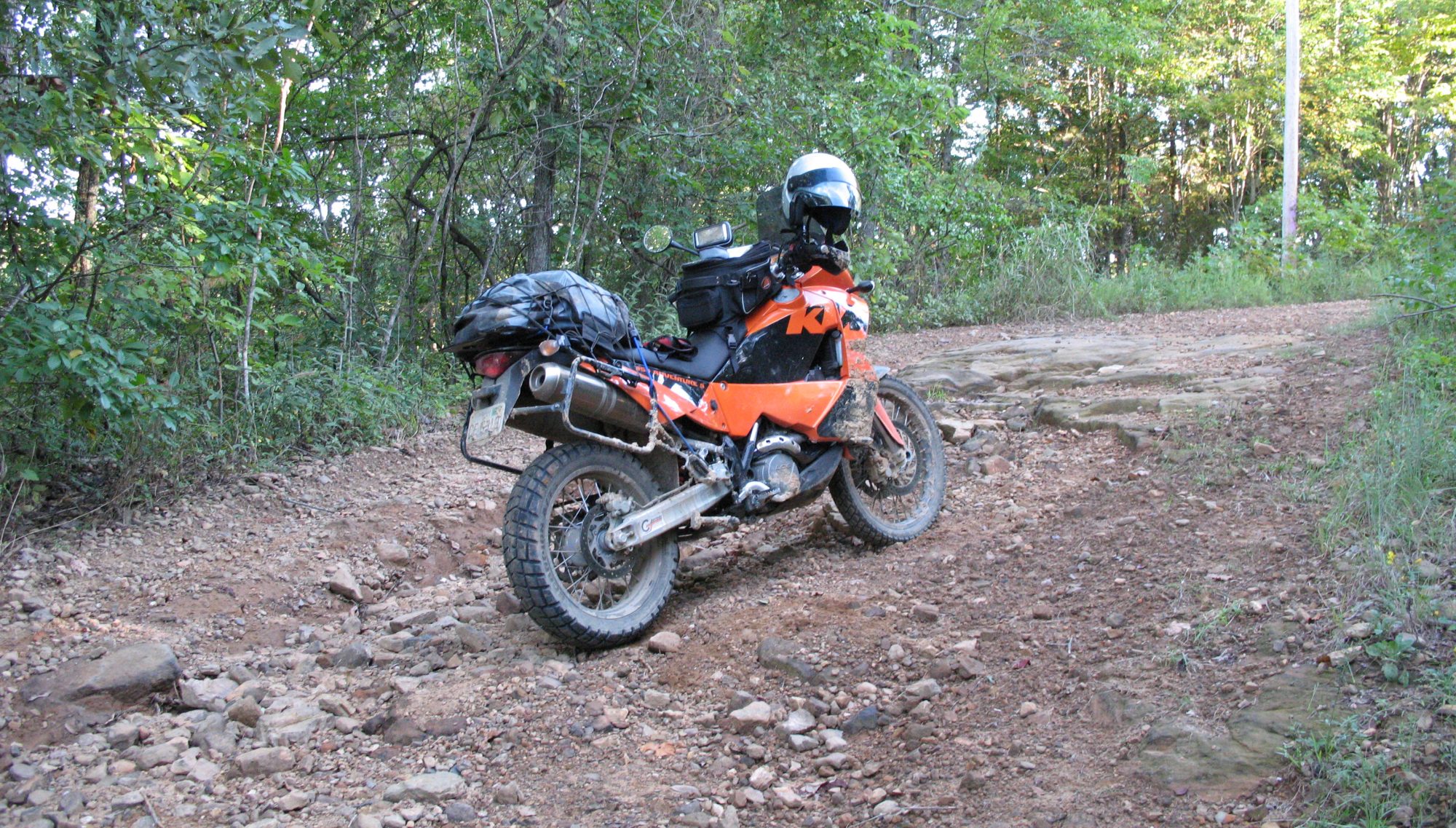And so, it begins – the saga of the u-nuts. I ordered some from McMaster-Carr that looked better than OEM but they didn’t fit properly so I returned them. Then, I ordered a half-dozen OEM ones ($2.50 each, ouch!) from HDL and waited for them to arrive. While I was waiting I decided to make some replacements. I ground off the protruding threads from the bottom of the OEM u-nut and drilled the hole out to match the other side. I got some 5mmx.8 nuts and jb-welded them onto the bottom of the u-nut. Now I have some u-nuts that will fit properly, and also have the added strength of a regular 5mm nut instead of 2 or 3 stamped threads. I was looking for some additional strength for the 2 middle u-nuts on each side as that’s where my Baker Air-Wings fasten down.
Today I put the top shelter back on, remembering to plug in both audio plugs and the radio antenna. Plugged in the connector for the pushbuttons on the meter panel, the two tweeter wires and pushed the meter panel into place. I left the pockets out for now, and began the preflight.
Turned the kill switch off, and turned the key. The dash lights worked as expected. I turned the kill switch to “run” and the FI light came on, the pump pressurized and the FI light went off. Started it and it sounded like it did last fall. Checked all lights, turn signals front and rear, brake lights, headlights both low and high beam. Checked the headlight adjuster – worked fine. Check the audio system, AM, FM, WX, speaker and headphones. Verified the suspension preload at “0”. Got on, tested reverse. So far, so good.
The ride height is a little higher than stock, mainly because of less sag. There was a noticeable difference when taking the bike down off the centerstand with traxxion/progressive installed than before. I didn’t measure it but I noticed the difference right away. Pulled out of the driveway and wondered what happened to the bump at the end. First impression underway – firmer but not harsher. I will play with the rear damping later – for now it’s set at the delivered middle-of-the-range. I got up to 60mph and tested the cruise and the clutch/handbrake/footbrake deactivate of the cruise. Tested above the setting, letting the cruise coast down and below the range, letting the cruise accelerate. All working well. Apparently I got everything plugged back in the way it should be. The steering seems very similar to the OEM bearings, not tighter, heavier, or excessively dampened.
Of course, I had to see if there was a wobble. I powder coated the wheels and put on new Bridgestones front and rear while everything was apart. At 60 mph, cruise off, removed my hands from the grips to see what would happen. Not a wobble to be seen, felt, or imagined. Went all the way down to 20 mph or so and pulled the clutch in and called it good.
All in all, a good-sized project, but not brain surgery. Organization is key to success. The only special tools I used were the bearing drivers and the steering stem socket. All other tools were standard and would be found in most any decently equipped garage. I do not have a table lift, I used the centerstand and a floor jack to do the lifting and supporting. Almost all of the work was done solo. Having a helping hand would definitely speed up the proceedings but is not necessary.
Ride report to follow…

 The previous owner put in a swivel for the tongue, which is a good thing, but the additional length made the safety chains too short. I measured the existing chains and added 8 inches to arrive at the length I thought would work. Off to the hardware store to get some chain and connecting links to simplify the hookup. Removed the swivel and the old chains, put the new ones in place and made sure the length was correct and reassembled everything.
The previous owner put in a swivel for the tongue, which is a good thing, but the additional length made the safety chains too short. I measured the existing chains and added 8 inches to arrive at the length I thought would work. Off to the hardware store to get some chain and connecting links to simplify the hookup. Removed the swivel and the old chains, put the new ones in place and made sure the length was correct and reassembled everything.